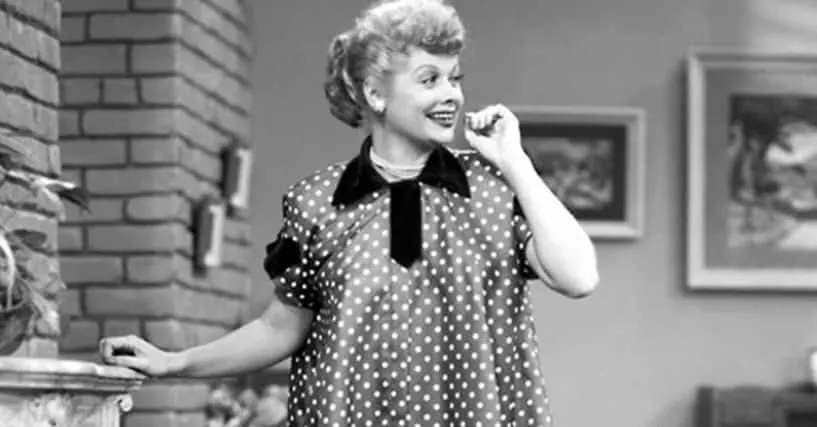Dear Jim, Don’t Fuck Around With the Cuban
Every morning, I walk the hills above my home. The road ends where the Santa Monica Mountains begin, and I walk with headphones on. Today: The Fifties by David Halberstam, a chapter on I Love Lucy. It’s a story from seventy years ago that mirrors the creator economy today.
In the early 1950s, network television wasn’t profitable. Every show relied on a single sponsor — an advertiser who didn’t just buy ad spots but owned the show, approved casting, and shaped the story. Their product was woven into the production itself.
Thanks for reading No One Planned This! Subscribe for free to receive new posts and support my work.
Lucille Ball was a talented, magnetic comedian, but Hollywood’s studio system hadn’t made her a star. By the late 1940s, her film career was fading. Then CBS offered to adapt her radio hit, My Favorite Husband, for television, where she played a Midwestern wife to a bland banker. CBS wanted more of the same safe comedy. Lucy had a bolder vision: a show set in New York City, with her real-life husband, Desi Arnaz, as a Cuban bandleader at a popular nightclub. CBS and the sponsor balked — no one would believe Lucy was married to a Cuban bandleader. Lucy’s response? We are married.
I Love Lucy became a phenomenon. The sharp comedy and chemistry between Lucy and Desi hooked audiences. By season two, it was the show — stores closed early on Monday nights, restaurants emptied.
Then Lucy got pregnant. In 1952, pregnancy was taboo on TV. The word “pregnant” was banned. CBS and the sponsor insisted it didn’t belong in America’s living rooms. Lucy and Desi saw it differently: this was their life, and they wanted it on screen, not hidden but told with humor and truth.
Desi didn’t negotiate with CBS. He went straight to the sponsor’s chairman at Philip Morris with a polite ultimatum: if CBS got to decide this, they could make all the decisions going forward. The chairman’s response was a one-line note to the chairman of CBS:
Dear Jim, Don’t fuck around with the Cuban.
The network backed off. Clergy reviewed scripts. “Pregnant” became “expecting.” But the show was made — exactly as Lucy and Desi envisioned it.
When Lucy Goes to the Hospital aired in January 1953, just hours after Ball gave birth in real life, 44 million Americans tuned in — twice the audience for Eisenhower’s inauguration the next day. It was a cultural breakthrough, made possible because the creators held control and the sponsor backed their vision.
The suit isn’t always a person anymore. It can be an algorithm, a brand brief, or a monetization rule.
But in every era, the choice is the same: follow your muse, or follow the herd.
